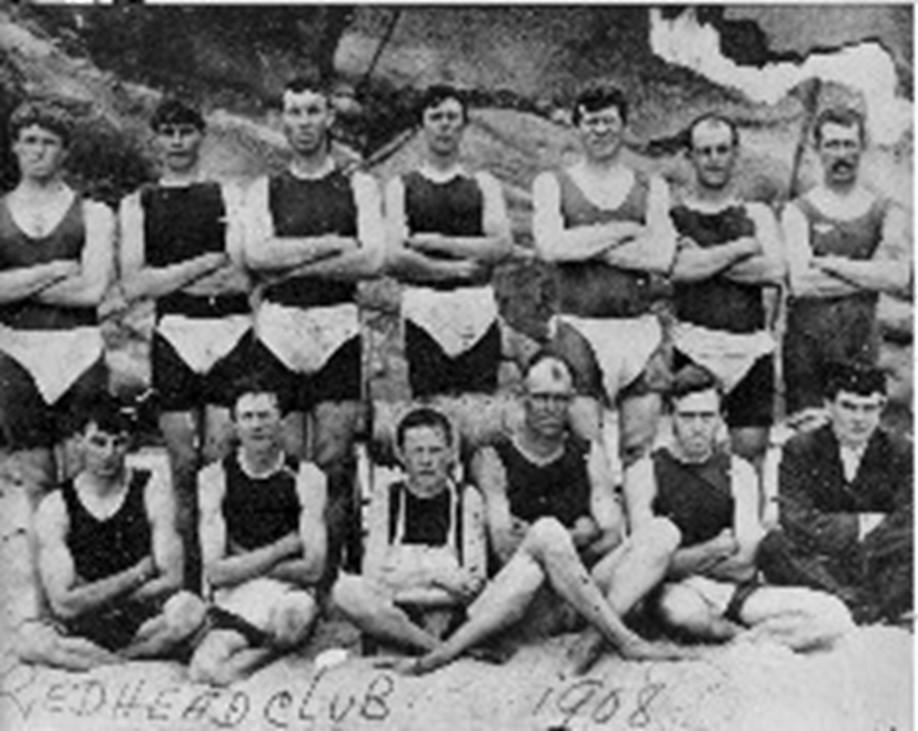
Australia is a world leader in aquatic rescue and response.
As beach swimming became increasingly popular in the early 1900s, a national movement aimed at preventing drownings saw Surf Life Saving clubs spread across the country.
Today, Surf Life Saving Australia is the largest volunteer movement of its kind in the world. With almost 190,000 members and 314 affiliated clubs, it is part of the social and cultural fabric of Australian society.
In November, Surf Life Saving NSW (SLSNSW), partnered with Royal Life Saving Society Queensland and Haikou 120 Medical Emergency Centre to deliver an aquatic medical and emergency response training program for 40 emergency responders in the southern Chinese province of Hainan.
As more people in China take up swimming, there are increased drowning risks in open water and aquatic environments. Chinese emergency services are increasingly investing in capabilities to respond to drownings in recreational and contingent scenarios.
The program was made possible through a grant from the National Foundation for Australia-China Relations, as part of our mandate to showcase Australian excellence and promote practical cooperation with China.
The Australian delegation was led by SLSNSW’s Andrew Chan and Scott McCartney, and Royal Life Saving Society Queensland’s Paul Barry and Michael Darben.
Over five days, trainers taught critical drowning prevention, beach safety, search and rescue, and spinal management skills.
Emergency responders from as far as Shanghai and Fujian travelled to take part in the training.
Participants said that in China, recovery of bodies, rather than rescue, had been a focus of training and emergency work in the past.
“Learning skills like CPR will help us better respond to emergencies, not just reacting afterwards, and better give back to our communities”, said one participant from Sichuan.
SLSNSW provided bilingual training resources and emergency and training equipment so the course can be delivered by Chinese partners in future.
“The response from the participants and local organisations was outstanding, which clearly shows a demand for this form of contextualised, locally delivered training”, said Andrew.
“SLSNSW will continue to develop its delivery models for programs of this nature and look forward to continuing the great relationship that has been built between SLSNSW and our Chinese counterparts”.
